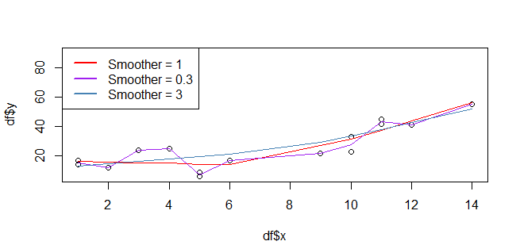Normal Probability Plot in R
Normal Probability Plot in R, also known as a Quantile-Quantile (Q-Q) Plot, is a valuable tool for visually assessing whether a given dataset follows a standard normal distribution.
When the data aligns with a normal distribution, the points in this plot typically form an approximate straight line. In this article, we will discuss how to create a Normal Probability Plot in R using the ggplot2 package.
Prerequisites:
- Install the ggplot2 package in R using
install.packages("ggplot2"). - Load the ggplot2 library by executing
library(ggplot2).
Creating a Normal Probability Plot:
To create a Normal Probability Plot in R using ggplot2, follow these steps:
- Generate sample data: For demonstration purposes, let’s create a random sample of 100 observations from a normal distribution using the
rnorm()function.
x <- rnorm(100)
- Create the Normal Probability Plot:
Use the ggplot() function to initiate the plot and then add the data using the stat_qq() function. Customize the plot by adding a title, axis labels, and adjusting the appearance as needed.
library(ggplot2) ggplot(data.frame(x), aes(sample = x)) + stat_qq() + stat_qq_line() + labs(title = "Normal Probability Plot")
In the above code, replace ‘x’ with your dataset’s variable name. The resulting plot will help you visually assess whether your data follows a normal distribution.

Conclusion:
Creating a Normal Probability Plot in R using ggplot2 is a straightforward process that can provide valuable insights into the distribution of your dataset.
By following the steps outlined in this article and customizing the plot as needed, you can effectively analyze your data and make informed decisions based on the results.




